Kentucky Academy of Science Event
This year “The Kentucky Academy of Science” event happened on 11th of November 2022. Several Berea student also presented their summer research. In the following we have the topic and the name of presenter from Berea college.
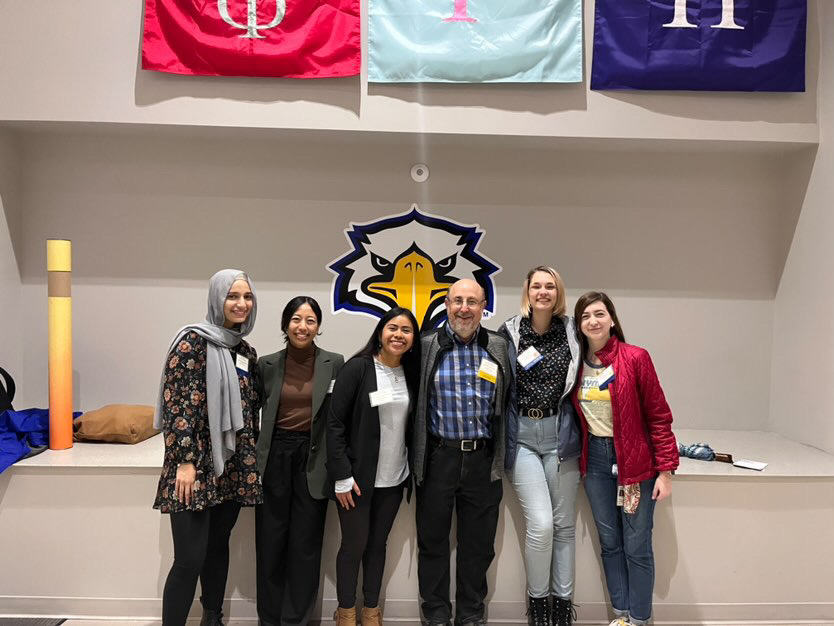
- “Expression and Function of the Phagocytic Receptor, Jedi-I, in the Meninges” presented by Miss Tenzin Wangmo.

2. ” Confocal Microscopy reveals that SORLA Mediates Tau Endocytosis” presented by Miss Jenny Diaz.
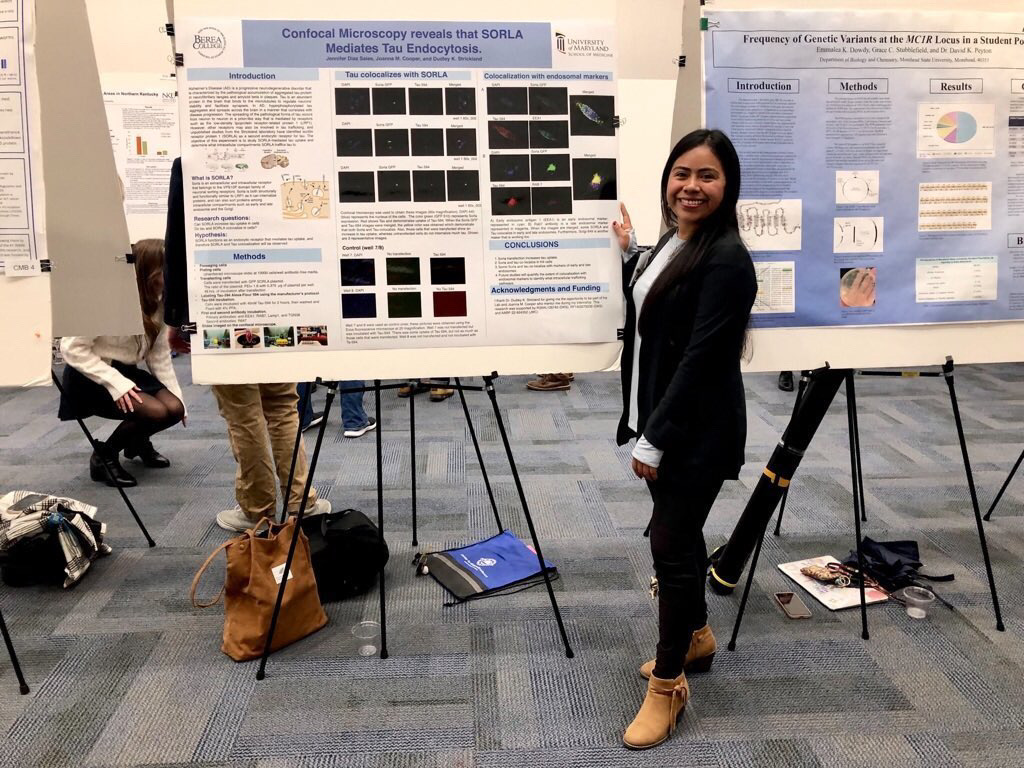
3. “Constructing a Fluorescent Plasmid for Tagging Endogenous ITGa5 Locus in Skin Organoid Dermal Papilla Cells” presented by miss Jennan A. Lahamer

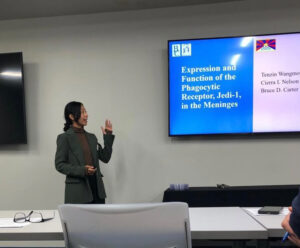

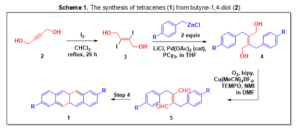
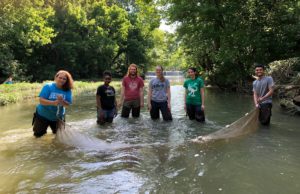
Recent Comments